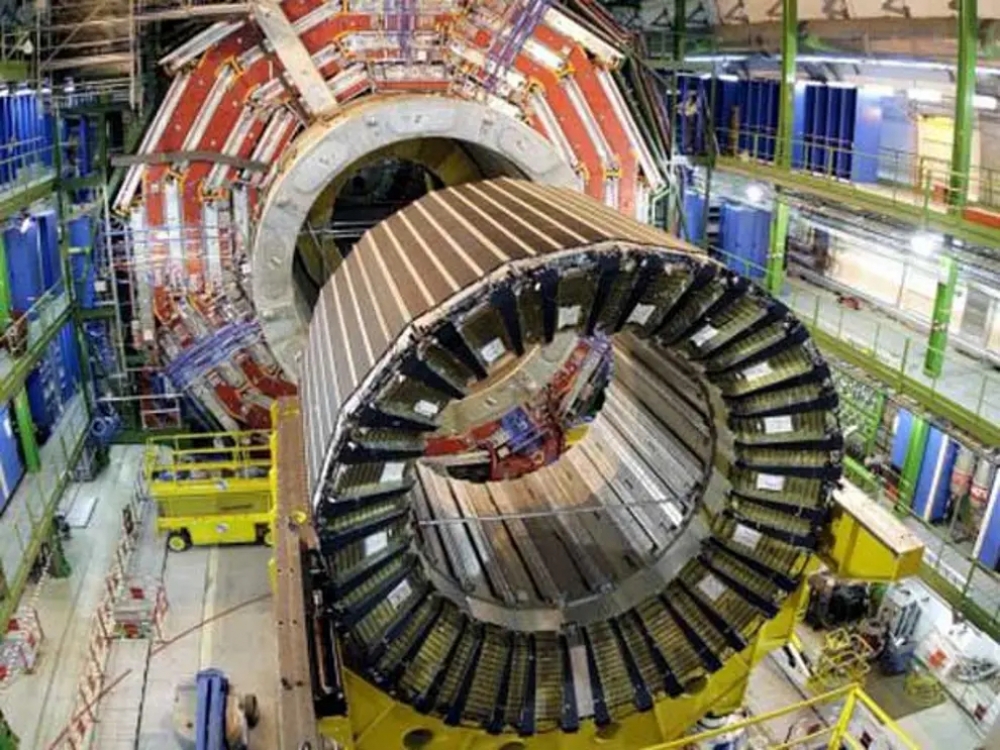‘New force of nature’

The Large Hadron Collider at Cern, where scientists are studying the decay of a subatomic particle known as the ‘beauty quark’
(EPA)
23.3.2021
Harry Cockburn : INDEPENDENT
Scientists ‘cautiously excited’ as experiment points towards new era in our understanding of the universe
Unexpected behaviour of subatomic particle known as the ‘beauty quark’ turns standard model of particle physics on its head
Scientists studying the fundamental forces which govern the universe and everything in it are “cautiously excited” recent experiments could lead to a “new era” in our understanding of physics.
While much scientific experimentation confirms existing hypothesis, it seems what gets scientists really bursting with enthusiasm is the discovery of something which confounds their existing theories.
This is what has happened following recent work by an international team conducting a study on subatomic particles at the Large Hadron Collider (LHC) at CERN, the European Organisation for Nuclear Research, near Geneva in Switzerland
The LHC is the world’s largest and most powerful particle accelerator. It is a 27-kilometre long ring of superconducting magnets buried 100 metres deep below the Alps, where physicists fire streams of particles through the tube at close to the speed of light, before crashing them headlong into one another and examining the results of these impacts.
A long-term experiment examining a type of subatomic particle called a beauty quark has revealed that when it is observed in the LHCb experiment, it breaks down into other subatomic particles at an uneven rate.
See full text
Link to the arXiv article